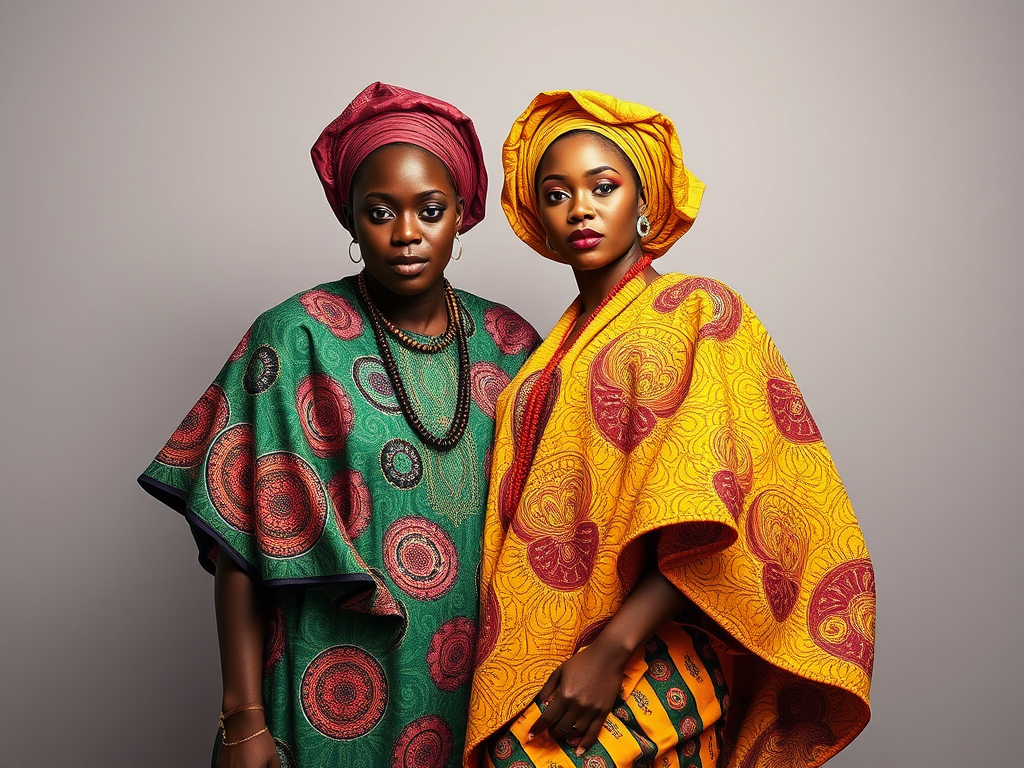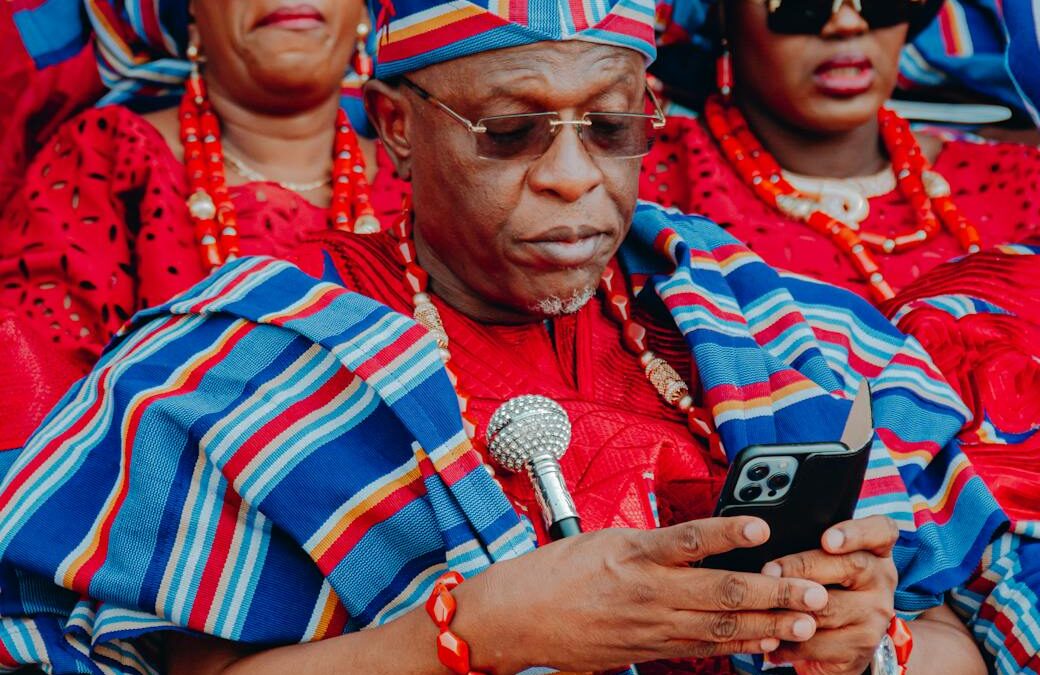Aso-Oke Fabric History
Aso-Oke, also known as “Aso Ofi,” is a traditional handwoven fabric that holds significant cultural value among the Yoruba people of southwestern Nigeria. The fabric is renowned for its intricate patterns, vibrant colours, and rich symbolism, often used in ceremonial attire such as weddings, festivals, and important social events.
Historical Origins
The history of Aso-Oke dates back several centuries, with its origins deeply rooted in Yoruba culture. The term “Aso-Oke” translates to “top cloth” in the Yoruba language, signifying its status as a prestigious fabric reserved for special occasions. Traditionally, Aso-Oke was woven by skilled artisans using locally sourced cotton threads on narrow strip looms, producing long strips of fabric that were later sewn together.
Cultural Significance
Aso-Oke fabric is more than just a material; it embodies Yoruba identity, heritage, and artistry. Each pattern and colour used in the fabric carries specific meanings. For example, blue may symbolise peace and harmony, red represents vitality and energy, while gold is often associated with wealth and royalty. The fabric is commonly worn during rites of passage such as weddings, chieftaincy ceremonies, and festivals like the Eyo festival in Lagos.

Types of Aso-Oke
There are several variations of Aso-Oke fabric, including:
- Etu: Characterised by dark blue and indigo stripes, often associated with solemn occasions.
- Sanyan: Made from silk, showcasing a shiny texture, typically worn by royalty and elders.
- Alaari: A red-colored variant symbolising vitality, commonly used in celebratory events.
Modern Adaptations
In contemporary times, Aso-Oke has transcended its traditional boundaries, influencing fashion designers both within and outside Nigeria. Modern adaptations include the incorporation of Aso-Oke patterns in ready-to-wear clothing, accessories, and home décor. Despite technological advancements, many artisans continue to weave Aso-Oke by hand, preserving the cultural heritage and craftsmanship.
Conclusion
Aso-Oke fabric remains a vital element of Yoruba cultural expression and Nigerian heritage. Its history reflects the artistry, values, and traditions of the Yoruba people, making it a treasured fabric that continues to inspire pride and identity across generations.

